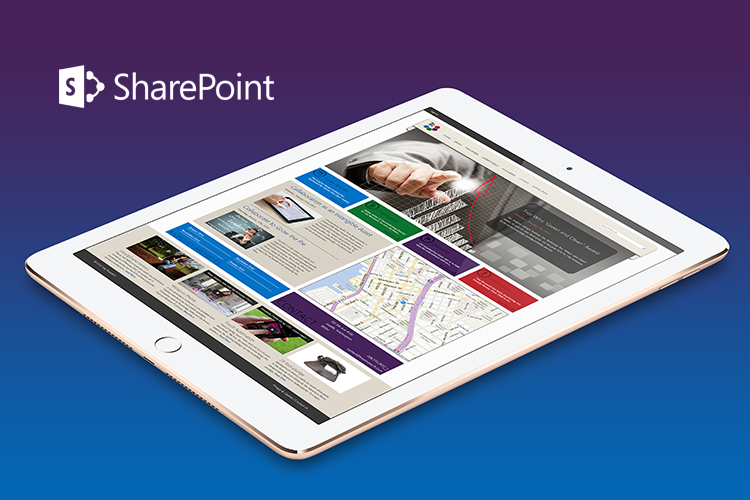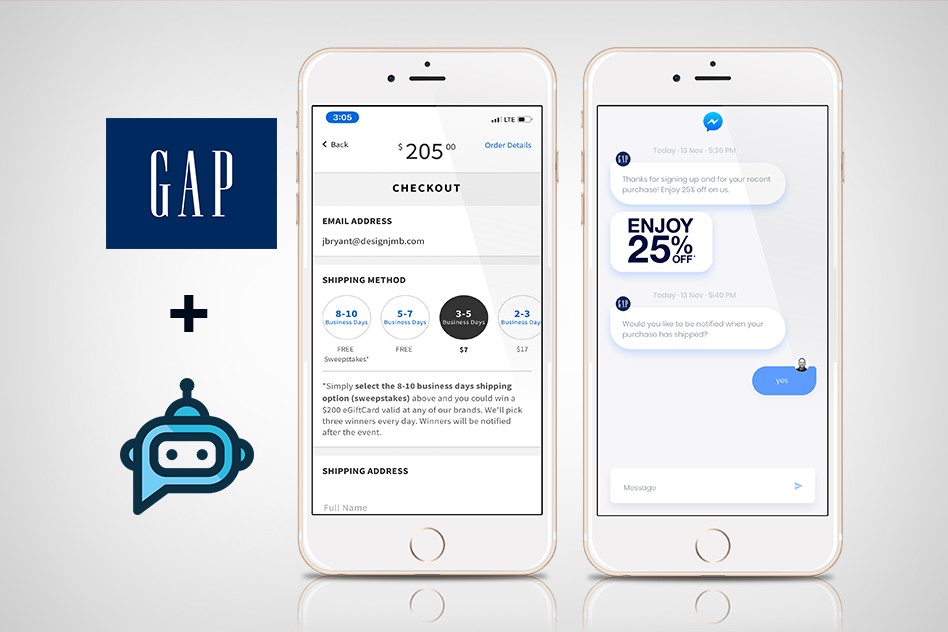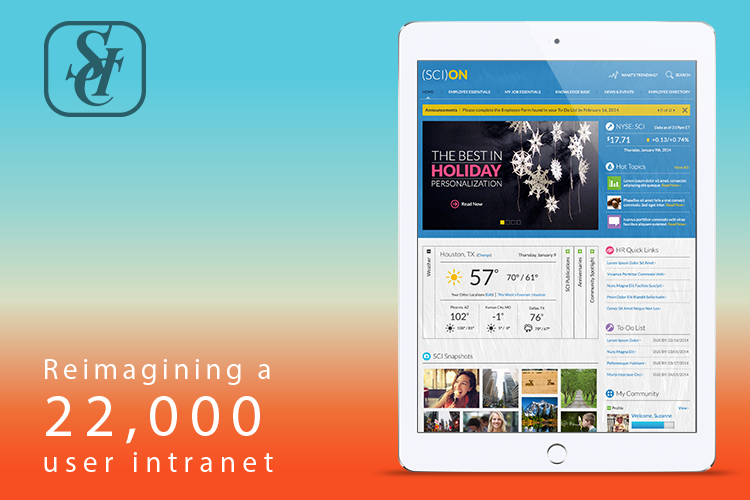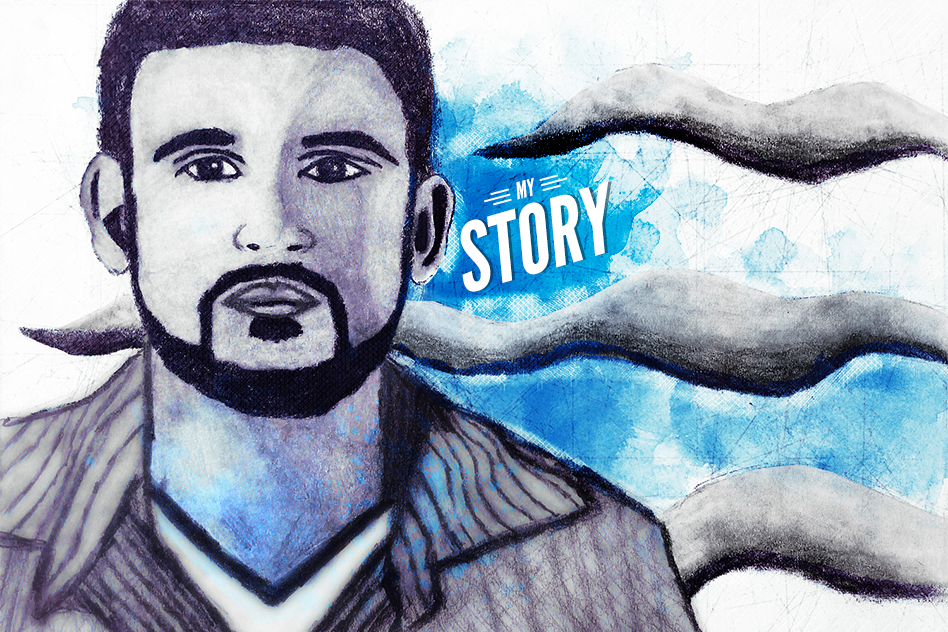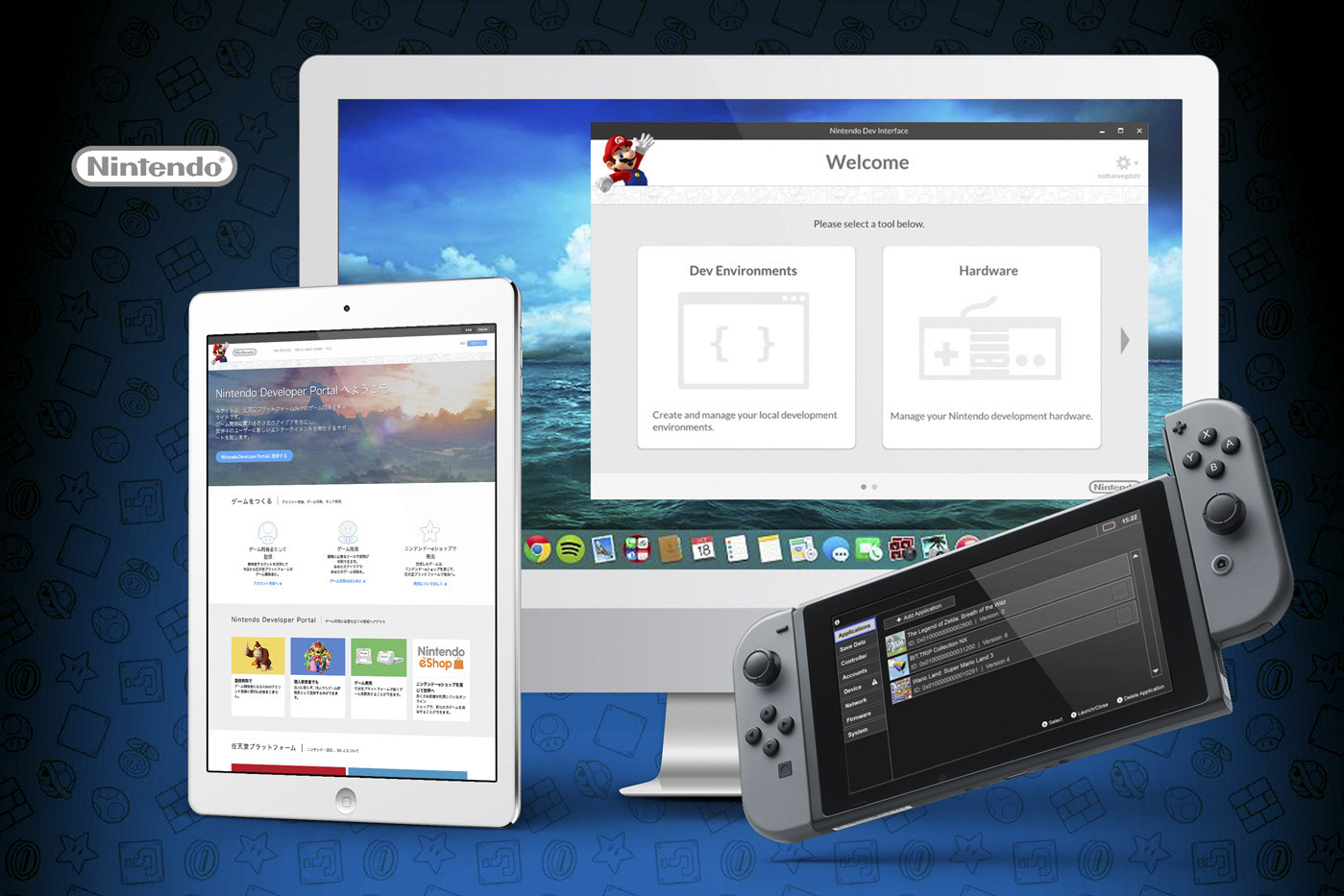1. Redefine design roles and responsibilities
While user experience is beginning to find its way, there is still misinformation online and within companies. Many times this is reflected outside of a firm on their UX job postings.
Write your team job descriptions
One of my first tasks when joining a new company is to review the roles and responsibilities of the design department. If the job req needs updating, I will make or suggest a change. I begin with a few questions. Is the team comprised of product or user experience designers? Is there a dedicated research team? Is the future team made up of generalists or specialists?
Four types of design teams
A lot of this will depend on the company. The four representations below belong to the knowledge I gained while employed with each. Please tell me if you had a different experience.
2. Learn about your team
One question I like to ask during a design interview is, "Which part of the user experience are you most passionate about?" From this answer, I quickly learned where they will excel in the design process and on the team.
Passion creates success
Even as a leader joining a pre-built design team, you will notice the passion team members have for particular areas of UX by observing the skills they excel in. Once I learn what each does well, I ask them which skills she or he would like to improve. Visual Designers typically say coding; Interaction Designers often say User Studies.
Skill matrix
Another technique used to match abilities is a skill matrix. The concept is simple. Rate your skills on a scale of 0 to 3. Zero represents no desire to learn, while 1 - 2 - 3 indicates beginner, intermediate, and expert.
80/20 rule
Once I understand everyone's strengths and desired level-ups, I then dedicate 80% of their tasks to skills they already possess and 20% to expand beyond their comfort zone through assignments where they must leverage skills from weak areas.
3. Go beyond the skill matrix
Who on your team plays soccer over lunch or in a band on the weekend? Many times in life we are solely defined by our career. Our team environments can be a better place where we see multifaceted humans.
Create a shared experience
At Nintendo, a talented developer created a team database after interviewing each employee in the department. The result was an internal searchable website with fun facts, in-depth knowledge, and skills beyond work. One Nintendo employee is a metalsmith!
4. Contribute to the culture
While we are not solely responsible for our team environment, we can contribute in positive ways. Many times the company defines the culture, while our teams have diverging subcultures that exist within the company culture.
Setup social times
Excellent leaders carve out time for employees to socialize with each other during work hours. These events are best when the team defines their activities. Honestly, they will find a way to socialize, even if over lunch or after hours, but when held at work, socializing contributes to the team culture.
Encourage employee-defined events
Social hour is a large part of VML culture, but the individual team decides how they socialize. One team used social hour to watch a movie accompanied by a theme drink. Nintendo team members would often congregate around a TV to play Smash Bros. or around a cafe table with their devices paired. Games are a massive part of the Nintendo culture, but it is the individual who decides how to reflect this.
In both examples, the employees decided on the event while the company provided the leniency, time, and culture for the environment to thrive.
Psychological safety
One of the reasons I respect Google is for the multiple research projects they initiate and share with the world. One study called Project Aristotle uncovered the secrets of an efficient team. At the top of their findings is psychological safety, which "refers to an individual's perception of the consequences of taking an interpersonal risk or a belief that a team is safe for risk-taking in the face of being seen as ignorant, incompetent, negative, or disruptive." (rework.withgoogle.com)
5. Understand the project requirements
Initially, I thought design began with research until I gained a team of designers to manage. This experience helped me quickly realize strategy needs to be considered first and foremost. Analysis and design can become void without direction, which is why it is best first to understand the project requirements and objectives.
Leaders own strategy
It is our job as team leaders to see the finish line and work with the right tools and team members to arrive there. Each one of my past and current employees desired a sense of purpose through a defined structure. This clarity provided them with the direction they needed to keep moving forward.
6. Collaborate across teams
Cross-functional peers can build you up or tear you down based on the relationship. Sometimes friction is caused by an overlap in responsibilities or limited time for user research and testing. A basic understanding of ownership solves these challenges.
Understand the tension
It is natural and okay for tension to exist between teams, as we tend to huddle closest to those we best relate to. As an example, the car driver rarely acknowledges the pains of the pedestrian until they are one. On the other hand, relationships can become complacent. Deadlines can get missed when we get too comfortable with our client's generosity. While this is an oversimplification, as long as the tension is understood, roles and responsibilities become easier to maintain across teams.
7. Set design standards
We are all building on the success of another's creation. Each day we leverage tools and processes made by our past, so please stay open-minded in the present regarding peer design frameworks and templates. The canvas does not limit the painter, and creativity will not escape the designer who sets design standards.
Design templates
I profoundly believe in frameworks for two reasons: 1. They provide a starting point beyond zero. 2. They create consistency in deliverables. My team directive states that if anyone is the first to leverage a design method, they are responsible for setting up the initial standards. In this way, all of our design documents use the same elements and only get better with each iteration.
Design language systems
Consistency begins with the designer and continues to anyone who interacts with our products. Style guides and component libraries ensure team deliverables are consistent and uniform with the company brand.
8. Carve the path forward
As leaders, we must help our team grow by defining the team's career paths. Job descriptions inform employees about an individual position. The team career path shows employees the opportunities and requirements to reach the next job title.
Learn the company career path
Many companies have already defined career paths. Before branching out on your own, ensure you stay within your company's parameters. At a startup, you may need to create the parameters, but once done, it could be adopted companywide.
Define your team's career path
Once you understand the company's career path, leverage this knowledge to define your team's career path. It is best to base the information on the direction of planned growth. For instance, I would probably create the job description for every User Experience Research title from Intern to Manager if we planned to develop a dedicated research team.
Setup official reviews
While weekly informal touchpoints are essential in keeping the team on track, formal biannual reviews help to guide an employee in their career. Before the review, each employee writes what they accomplished in the past six months, short-term goals for the next six months, and long-term career goals. These documents help justify raises and promotions within the department.

